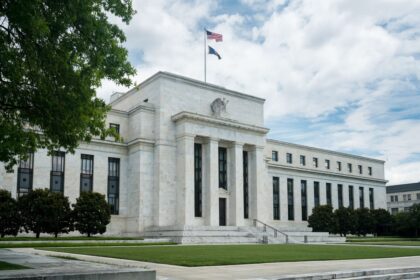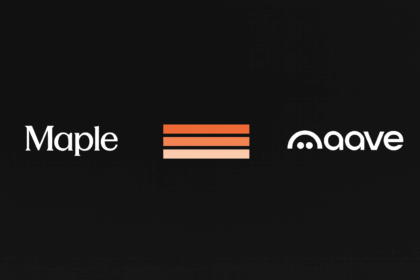Ripple has applied for a Federal Reserve master account via its recently acquired trust company, Standard Custody. The move is an overhaul of the blockchain firm’s broader banking ambitions.
As reported by Eleanor Terrett, Ripple submitted the application for Fed Master Account just a week after filing for a national OCC trust charter. A Fed master account grants direct access to the U.S. central bank’s payment system. If granted, Ripple could bypass intermediary banks to settle payments faster and cheaper.
According to a banking lawyer cited by Terrett, such accounts represent the “diamond” tier of U.S. financial access, while banks rank as “platinum.” Trust companies and other money transmitter licenses fall below this category.
Strategic Push for Stablecoin Infrastructure: Why Does it Matter?
Ripple’s dual application strategy coincides with the rising relevance of stablecoins. Its dollar-backed RLUSD, which launched in late 2024, already reached a market cap of $468 million. Jack McDonald, head of Ripple’s stablecoin division, noted that the trust charter and master account could set a “new bar” for stablecoin compliance.
Furthermore, this regulatory push seems to align with the upcoming GENIUS Act, which is expected to mandate bank-level licensing for stablecoin issuers. Besides Ripple, another company applying for a bank charter as a trust company is Circle. To note, Anchorage Digital remains the only crypto-native company that holds a federal bank charter.
The Federal Reserve, throughout history, has resisted giving direct access to crypto firms. That stance is now being challenged legally. The pending decision in Custodia Bank v. Federal Reserve could change access to master accounts. Meanwhile, with the passage of the GENIUS Act in the U.S. Senate, stablecoins may have an opportunity to regain momentum.
Also Read: Ripple Locks 400M XRP in Escrow, Will XRP Turn Positive?











